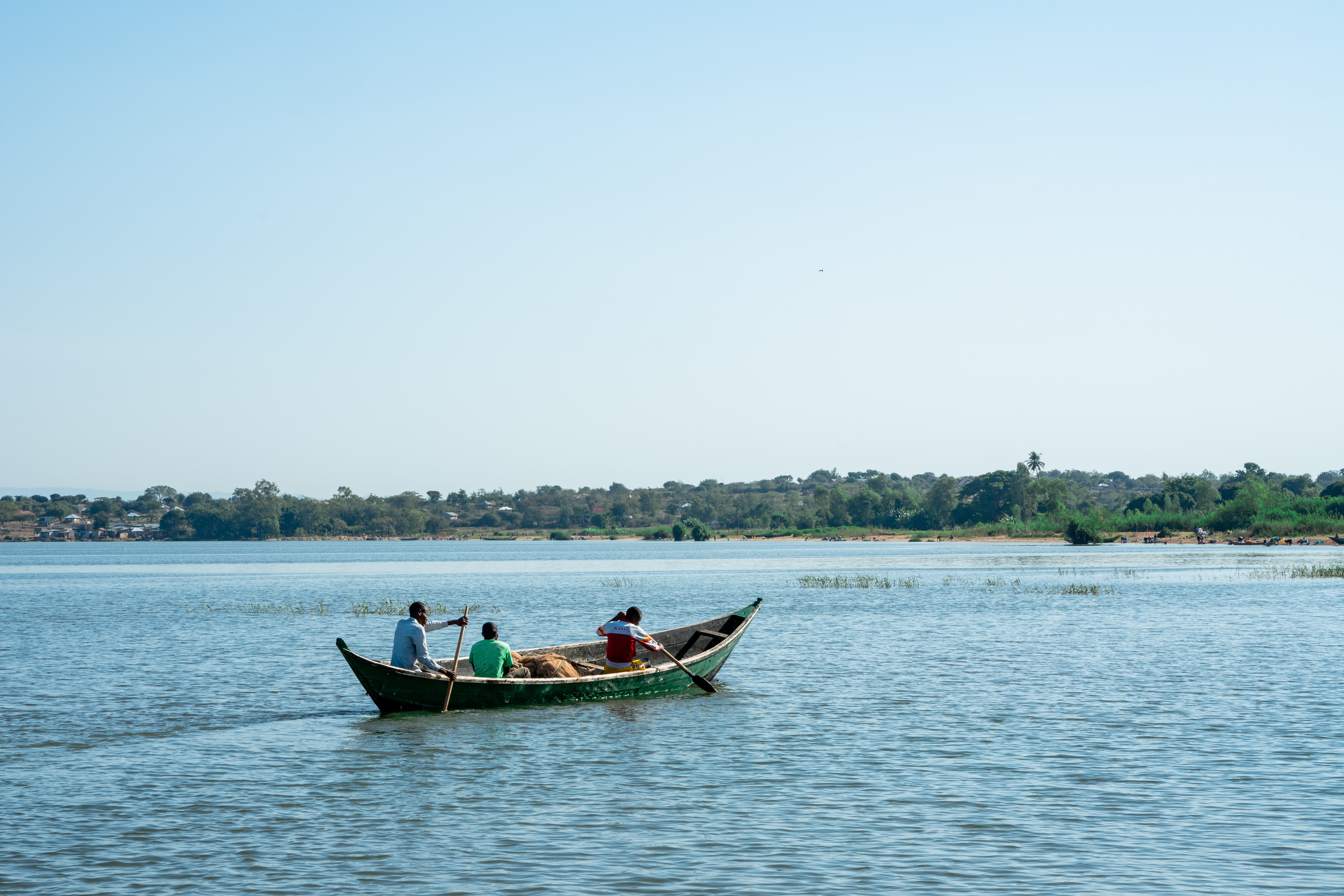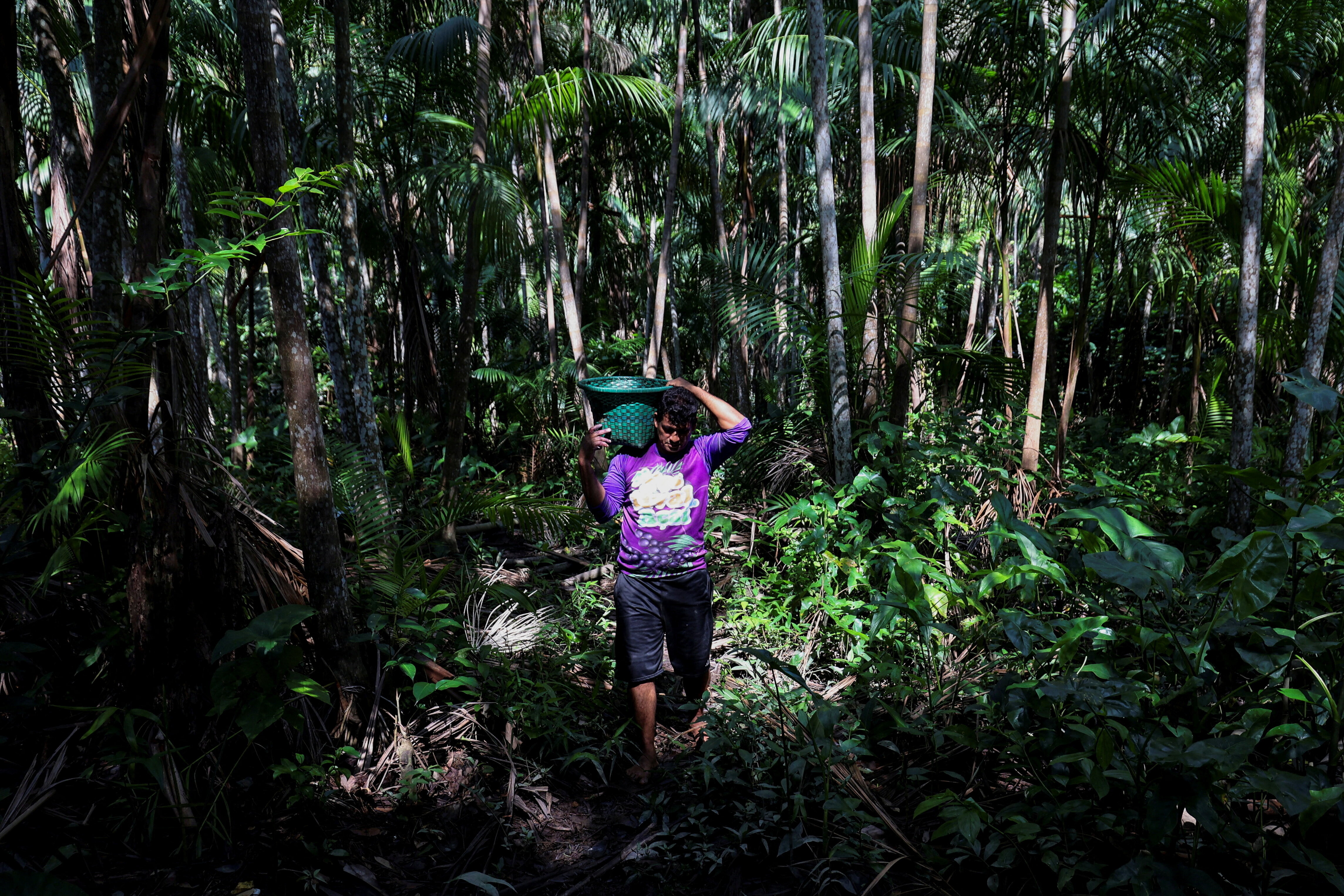How much does a chocolate cookie really cost?

Image: Donald Modeste / Unsplash
Shalini Unnikrishnan
Global Lead, Societal Impact Practice; Managing Director and Partner, Boston Consulting Group (BCG)- Modern food production contains many hidden costs not accounted for in market pricing.
- The True Value of Food framework can reveal these hidden costs of our unsustainable food system.
- It will help companies and governments manage the tradeoffs necessary to make the food system work for people and the planet.
The industrial global food system is one of the largest sources of human made greenhouse gas (GHG) emissions, agricultural waste and biodiversity loss. Systemic failures in the current system are causes of both obesity and malnutrition, and many other diet-related afflictions. Environmentally sustainable and healthy food is often less affordable for consumers and profitable for businesses than unsustainable and unhealthy food. Many of the farmers who produce food for the world do not earn a living wage for themselves and their families. These are just some of the hidden costs of food production and consumption not accounted for in market pricing.
Many of the world’s largest food industry players are trying to remedy market failures related to specific environmental, socio-economic and health challenges. Over time, however, large corporations' small-scale pilot projects have multiplied into a portfolio of individual initiatives that are not easily relatable, integrated or coordinated. Even more critical, while there are multiple frameworks used for public reporting, there is not, as yet, a widely accepted method for calculating the true costs and benefits of business decisions that could make the global food system more sustainable for people and the planet.
The True Value of Food (TVoF) framework could change this. TVoF is creating standard language and an analytical approach that are applicable across industries, value chains and geographies. TVoF has been formally recognized by the Scientific Group of the UN Food System Summit, and is gaining currency and usage among key change agents including governments, financial institutions and the major food corporations.
In our work with corporations, we have seen TVoF’s potential for sharpening executives' assessments of choices and trade-offs, and for encouraging bolder, essential changes in business strategy and processes. This can lead to better communication and collaboration with external stakeholders.
Below is a TVoF analysis our team at BCG completed for a single food item, the chocolate chip cookie. While not exhaustive, this illustration does demonstrate how even a simple product-level analysis can be a powerful new way to find solutions and tackle challenges in a complex food system.
The True Value of a chocolate chip cookie
For our illustration, we traced the true value of a cookie made from ingredients sourced from multiple countries and sold in the UK. As shown in the figure below, the retail price of the cookie is around $0.55 with a cost of goods sold (COGS) of $0.33. This price represents the consumer’s view of the value of a cookie (the price they’re willing to pay) but it does not account for many hidden costs. For instance, we calculated six externalities: GHG emissions, water scarcity, food waste, health impacts from empty calories, air pollution, and the social costs of underpaid cacao farm workers. The TVoF cost is calculated at $0.89, of which 63% are hidden costs.
Doing a full TVoF at the product level can be complicated because the maturity of methods differ depending on the externality that is being analyzed. Still, for the cookie manufacturer, this analysis could influence big value chain decisions, such as sourcing and supplier relationships and product formulation.

Establishing a common language
This 'farm to fork' analysis of direct and indirect, and positive and negative impacts associated with a cookie can be applied to any type of product. TVoF establishes a comprehensive baseline for revealing hidden costs and a common language for performing cost-benefit analysis. Further refinement of TVoF’s methods will make it easier for companies to routinely integrate economic, social, health and environmental factors into their strategic and operational assessments of business opportunities and risks, and in performance reviews.
Every CEO of a major company is under pressure to demonstrate they have a strategy for food system sustainability and an execution plan. Internal use of TVoF’s multidimensional analyses will encourage executives to think differently and collaborate more effectively with peers in multiple functions. TVoF can be used to create a broad and integrated view of a company’s sustainability agenda, and to help CFOs make investment decisions. It can provide leaders of research and development with a framework for evaluating future portfolio moves. And it can provide a simplified but critical analysis for boards of directors.
Externally, investors, advocacy organizations and the media are keenly interested in understanding the value-creation potential and risk profiles of businesses. TVoF is a new source of data that can be used in public reporting and communications.
As businesses, the UN, governments and NGOs work towards achieving their individual and collective sustainability ambitions, TVoF will be essential to envision the systemic changes that are needed and to evaluate progress. Sharing a common analytical tool can accelerate progress. Still, corporate leadership is critical to advance TVoF’s use and efficacy. Read the full report here.
Don't miss any update on this topic
Create a free account and access your personalized content collection with our latest publications and analyses.
License and Republishing
World Economic Forum articles may be republished in accordance with the Creative Commons Attribution-NonCommercial-NoDerivatives 4.0 International Public License, and in accordance with our Terms of Use.
The views expressed in this article are those of the author alone and not the World Economic Forum.
Stay up to date:
SDG 13: Climate Action
Related topics:
Forum Stories newsletter
Bringing you weekly curated insights and analysis on the global issues that matter.







